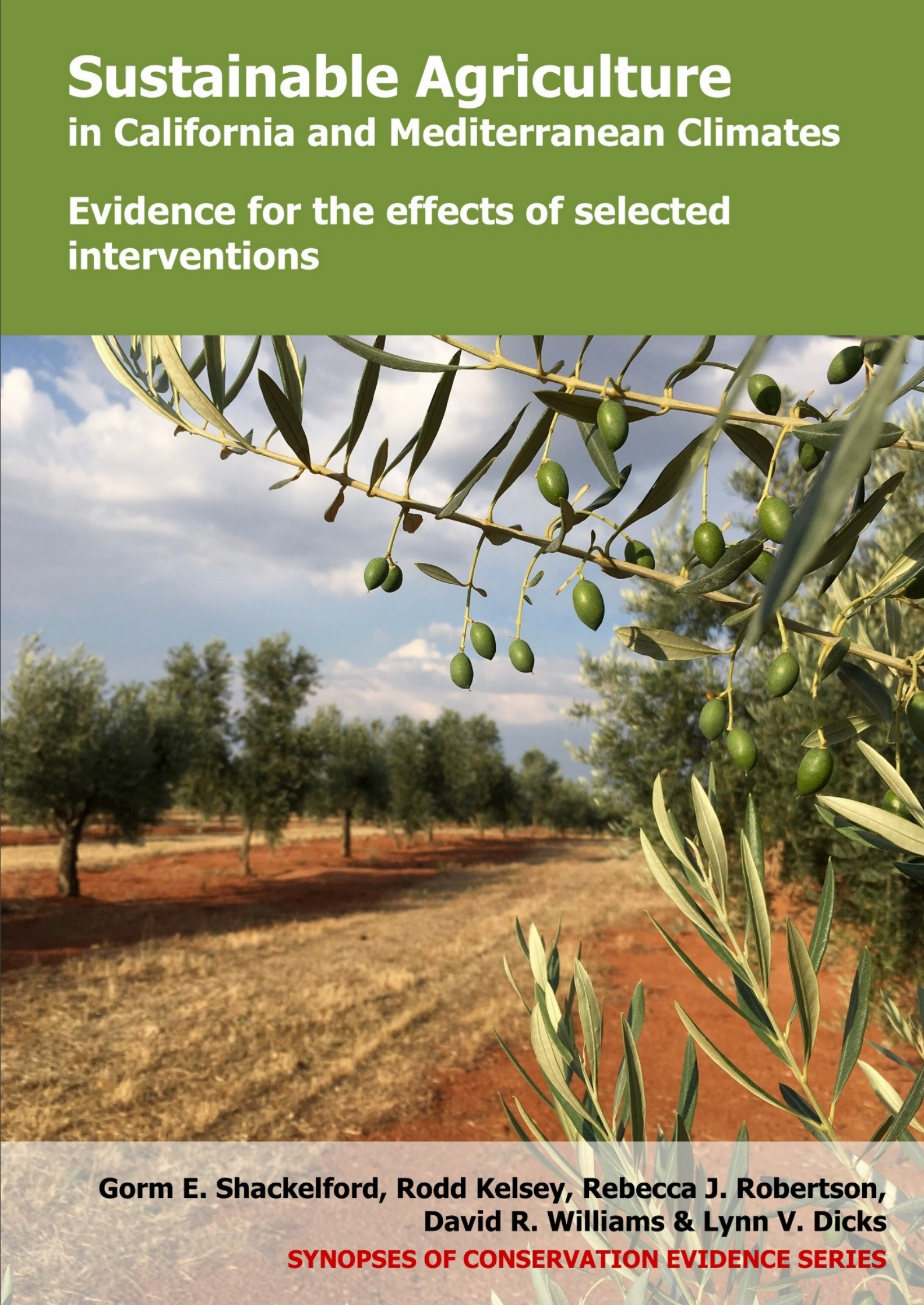Soil: Plant hedgerows
-
Overall effectiveness category Unknown effectiveness (limited evidence)
-
Number of studies: 1
View assessment score
Hide assessment score
How is the evidence assessed?
-
Effectiveness
0% -
Certainty
0% -
Harms
0%
Study locations
Supporting evidence from individual studies
A replicated site comparison in farmland in the Central Valley, California, USA (years of study not reported), found similar soil structure in field edges with or without planted hedgerows. Soil erosion and aggregation: Similar particle sizes were found in soils with or without planted hedgerows (data reported as statistical results). Methods: Eight fields with planted hedgerows (mostly Californian native shrubs and forbs, at least five years after planting) were compared with eight field edges without planted hedgerows. Two soil samples were collected from each site (0–10 cm depth).
Study and other actions tested
Where has this evidence come from?
List of journals searched by synopsis
All the journals searched for all synopses
This Action forms part of the Action Synopsis:
Mediterranean Farmland
Mediterranean Farmland - Published 2017
Mediterranean Farmland synopsis





)_2023.JPG)














